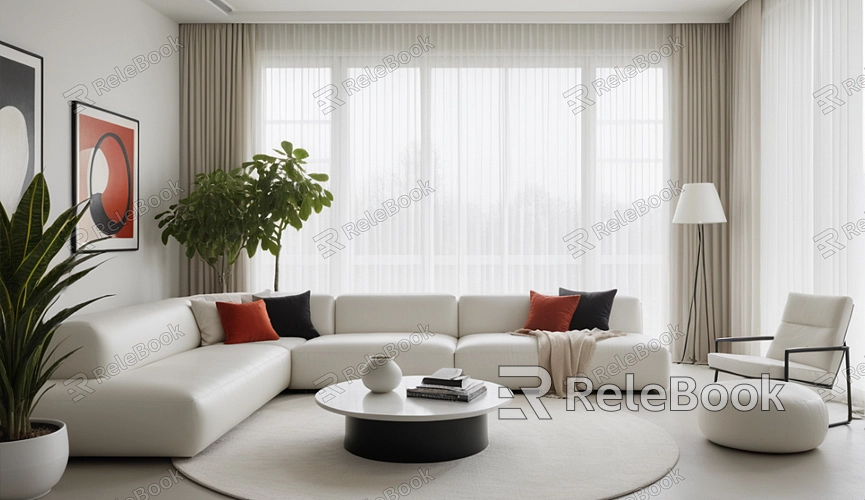How to Unwrap 3D Models in Rhino?
In modern design and modeling, unwrapping a 3D model is a common and crucial task. Unwrapping refers to the process of flattening a three-dimensional model's surface onto a two-dimensional plane, which is essential for texture mapping and graphic design. Whether you're creating complex textures or designing paper models, mastering the unwrapping technique is vital. This article will provide a detailed guide on how to unroll 3D models in Rhino, helping you transform a 3D model into a 2D plane for further processing and use.

Understanding the Concept of Unwrapping
Unwrapping is the process of flattening a 3D model's surface into a 2D plane. This technique is widely used in texture mapping and paper model design. The primary goal of unwrapping is to accurately draw textures on a 2D plane so that they can be applied to the 3D model.
Preparing Your Model
Before you start unwrapping, make sure your 3D model is ready. Ideally, the model should have a clear topology and be free from unnecessary faces or overlapping edges. You can use the “Check” tool in Rhino to ensure the quality and completeness of the model. After verifying, make sure the model's details and precision meet your requirements, as this will ensure a more accurate unwrapping result.

Selecting the Unwrapping Tool
Rhino offers several unwrapping tools to help users choose the right method for their needs. Common unwrapping tools include “Unroll Surface” and “Unwrap.”
1. Unroll Surface
The “Unroll Surface” tool is suitable for simpler curved surface models. This method can flatten each surface of the model individually. Here’s how to use it:
Select the surface you want to unroll.
Find the “Unroll Surface” command in the Rhino toolbar.
Execute the command, and the model’s surface will be unrolled onto a 2D plane.
2. Unwrap
The “Unwrap” tool is better suited for more complex models. This tool can unroll the entire surface of the model into a coherent 2D image. Here’s how to use it:
Select the entire model or the parts you want to unwrap.
Choose the “Unwrap” command from the Rhino toolbar.
This command will automatically unwrap the model and create a UV map, which helps in painting textures on the 2D plane.
Adjusting UV Mapping
After unwrapping your model, you may need to adjust the UV mapping to ensure that textures are correctly applied to the model. UV mapping is the coordinate system that applies 2D texture maps to a 3D model. By adjusting the UV map, you can optimize the texture layout and avoid stretching or compressing issues.
Open the UV Editor in Rhino.
Select the unwrapped model and inspect the UV map layout.
Use editing tools to adjust the UV mapping to ensure accurate texture display.
Checking and Correcting
After completing the unwrapping, it's advisable to carefully check the results. Look for any texture stretching, overlapping, or errors. You can use Rhino’s “Preview” function to see if the texture looks as expected. If you find any issues, return to the UV Editor to make adjustments until the unwrapping result meets your requirements.
Unwrapping 3D models in Rhino involves several steps, including preparing the model, choosing the appropriate unwrapping tool, adjusting UV mapping, and checking and correcting the unwrapped results. Mastering these techniques will help you effectively manage texture mapping and design tasks. We hope this guide has been helpful for your unwrapping process. For more high-quality 3D models and texture resources, visit Relebook's website to download related assets and enhance your design work.
FAQ
Why does my model have texture stretching after unwrapping?
Texture stretching usually occurs due to uneven UV mapping. You can adjust the texture layout using the UV Editor to ensure that the texture covers the model’s surface evenly.
Can I combine multiple surfaces for unwrapping?
Yes, Rhino’s “Unwrap” tool allows you to combine multiple surfaces into a single 2D plane. This is useful for handling complex models.
How can I avoid seams in the unwrapped model?
Before unwrapping, ensure that the model’s surfaces have no overlaps or gaps. After unwrapping, if you find seams, use Rhino’s repair tools or recheck the UV map layout to correct the issue.

